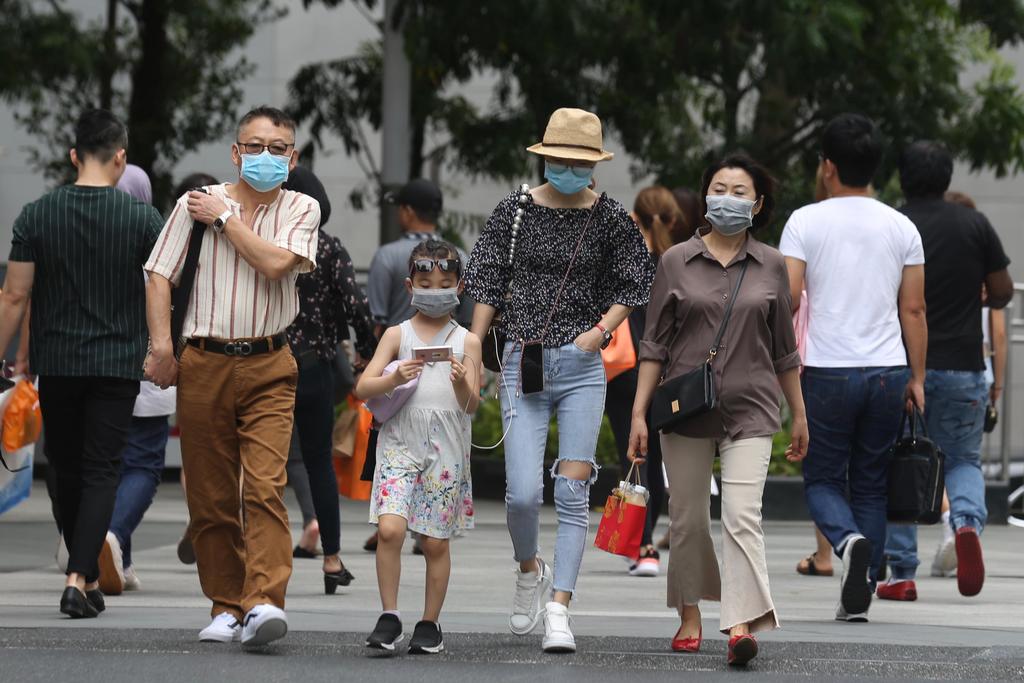Many are comparing the current 2019 novel coronavirus (2019-nCoV) epidemic to the SARS outbreak in 2002–03, the influenza A(H1N1)pdm09 virus (swine flu) outbreak in 2009, as well as the common cold.
“…currently the 2019-nCoV is shaping up to look less like SARS-CoV, and more like a virulent form of the influenza A (H1N1)pdm09 virus, although more data is required before we can be completely certain,” said Associate Professor Hsu Li Yang, Programme Leader (Infectious Diseases).
He added that with the information that is currently available, the infection rate of 2019-nCoV appears much higher compared to the common cold virus.
In his commentary, A/Prof Hsu highlights the lessons that Singapore learnt from SARS, and points out the differences between the 2019-nCoV and SARS outbreaks.
“It is likely that the threat of 2019-nCoV will be present far longer than the nine months of SARS, while an effective vaccine will take far longer than a year to become commercially available. It is useful to look at the 2019-nCoV outbreak not through the lens of SARS, but entirely on its own characteristics and calibrate measures and policies towards minimising impact and living life as normally as possible during this period.”
Read the full commentary:
Related media coverage:
- 蝙蝠病毒牵引巧合, Lianhe Zaobao, 2 February 2020
- 【武汉肺炎】新国教授:不能完全确定病毒来自蝙蝠, Oriental Daily, 2 February 2020
- 【武汉肺炎】新国教授:不能完全确定病毒来自蝙蝠, See Hua Daily, 2 February 2020
(Header image by Najeer Yusof/TODAY: Pedestrians wearing masks on Orchard Road on Jan 29.)


